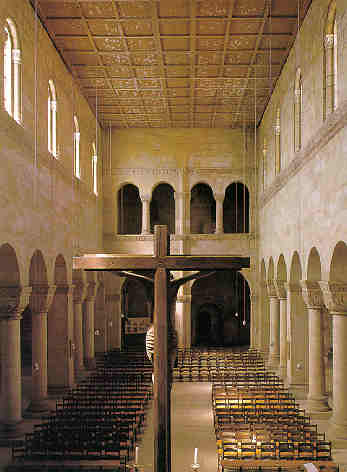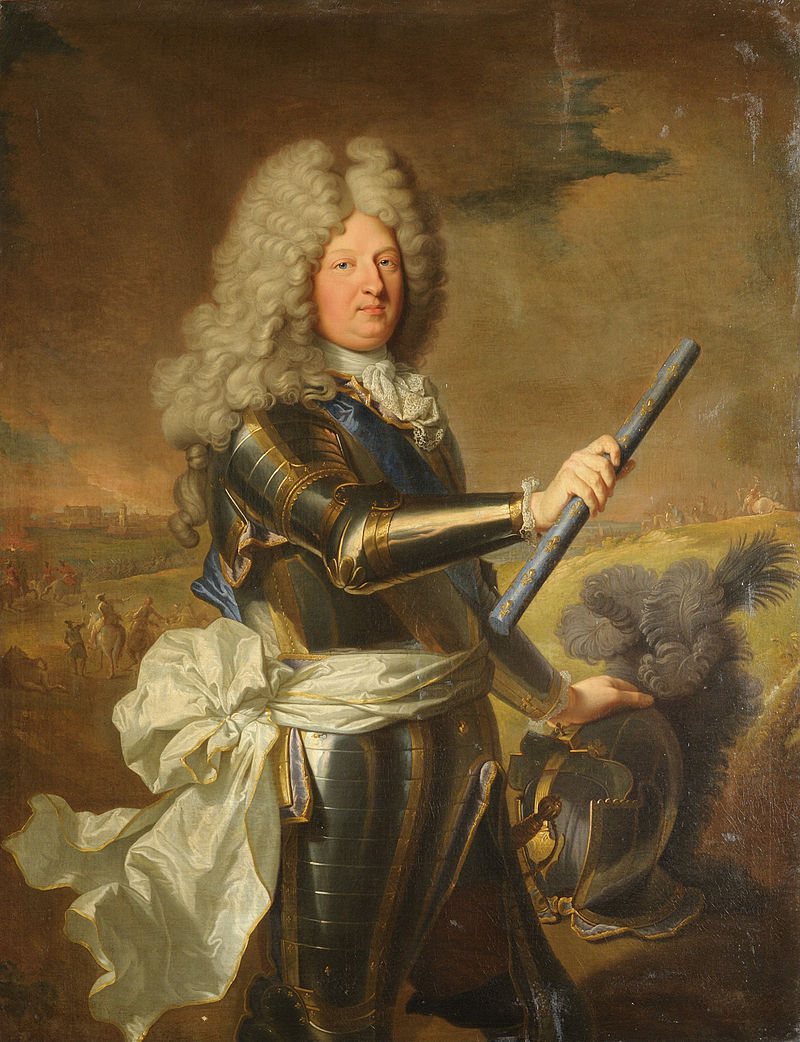Mademoiselle at Quedlinburg Abbey…
I have been told to scribble more about my trips, so here we go… Yesterday, which happened to be my day of birth, I spent the day in Quedlinburg. It’s not too far away from my place, thus we (meaning my mum and I) go there once in a while to admire the lovely Fachwerkhäuser – timber framed houses.
 The old town is full with them. Tiny ones and large ones. The oldest one dating back to the 14th century. (Jules was rather in love with them as we went there together.) Quedlinburg dates back to at least the early 9th century and was first mentioned as a town in 922. (The village of Versailles was first mentioned in the 11th century.) It’s a town located just north of the Harz mountains of Saxony-Anhalt, Germany, and the amazing thing about it is, that you feel like you travelled back at least 300 years in time once you set foot in it.
The old town is full with them. Tiny ones and large ones. The oldest one dating back to the 14th century. (Jules was rather in love with them as we went there together.) Quedlinburg dates back to at least the early 9th century and was first mentioned as a town in 922. (The village of Versailles was first mentioned in the 11th century.) It’s a town located just north of the Harz mountains of Saxony-Anhalt, Germany, and the amazing thing about it is, that you feel like you travelled back at least 300 years in time once you set foot in it.
It does look just like non-Germans usually imagine old German towns look like. One reason why the historical old town is often used as film location for movies set pre and during World War II.
As mentioned above, the first mention of the town is in a document from 922 as part of a donation of Henry the Fowler. This Henry was elected King of East Francia in 919 and was the first non-Frankish gentleman to become King of East Francia, generally being considered to be the founder and first King of the medieval German state, known until then as East Francia. Legend has it, Henry was offered the German crown at Quedlinburg in 919 by Franconian nobles, giving rise to the town being called the cradle of the German Reich. The spot where that apparently happened is called Finkenherd and at the foot of Quedlingburg’s number one tourist attraction.
Some call it a castle, others a Abbey. Officially it is a Abbey, but usually referred to as castle… both works. Quedlinburg Abbey was founded in 936 by King Otto I, at the request of his mother Queen Mathilda, later canonised as Saint Mathilda, in honour of her late husband, Otto’s father, King Henry the Fowler. Henry was buried here, as was Mathilda herself.

It was a Abbey for women, but not the kind of Abbey were only nuns lived. It was a bit more worldly. It was a place for women of better houses and even royal houses to retire to in order to live a quieter God focused life. Some of them were widows, others daughters of noble families that had reached a certain age but had not yet married or did not wish to marry. None of them had to take the vows, they were allowed to keep their possessions, where free to roam the place, some even lived in nice townhouses and not in the Abbey itself, they could also leave whenever they wished to, for example, get married.
Among its Abbesses were ladies such as daughters of Emperors, Kings, and daughters of high-ranking nobles. One of them being my namesake Aurora von Königsmarck, who was called by Voltaire the most famous woman of two centuries. If you are British, you might have heard the name Königsmarck before. Aurora was the sister of Philip Christoph von Königsmarck, the cheeky gentleman who had an affair with Sophia Dorothea of Celle, wife of George I of Great Britain. Philip Christoph vanished one nice day without explanation and it was believed to have been killed while assisting Sophia Dorothea in a futile attempt to escape from Hanover. After the vanishing of her brother, Aurora travelled to Dresden in order to ask for help at the court of Augustus II the Strong of Saxony. She wanted to find out what had happened to her brother and was promised assistance… shortly after, being eight years older than him, she became the first official mistress of Augustus.

The son born to them, entered the history books as Maurice de Saxe and became maréchal général des camps et armées du roi under Louis XV. (Funny how it is always all connected somehow, non?) Aurora’s great-great-granddaughter, Aurore Dupin, became known as George Sand. After Aurora’s affair with Augustus ended, she retired to Quedlinburg Abbey and died there in 1728.
The Abbey is a museum today and for a few Euro entry (I think it was 4, 50€) you can have a glance at the former apartment of the Abbesses, including bedroom, living room, cabinet, etc, along with a changing exhibition (last year they had weapons and crossbows, this year it was modern art), a nice collection of old muskets and pistols, the vault, and an awesome view of the town. The furnishing of the apartment is a bit sparse, but nice, and includes items that once belonged to the Abbesses. For a couple of Euros more, you can also enter the St. Servatius church and the treasury.
 The the church is a UNESCO World Heritage Site and the treasury full with gifts the Ottonian dynasty made the Abbey. A large part of it was hidden away during World War II, yet twelve items were stolen and smuggled to Texas by an American solder. Ten of those twelve items have been returned to their former home by now, the other two vanished without trace. (No judging here. God knows, the Germans stole quite a bit themselves.)
The the church is a UNESCO World Heritage Site and the treasury full with gifts the Ottonian dynasty made the Abbey. A large part of it was hidden away during World War II, yet twelve items were stolen and smuggled to Texas by an American solder. Ten of those twelve items have been returned to their former home by now, the other two vanished without trace. (No judging here. God knows, the Germans stole quite a bit themselves.)
Quedlinburg played quite the role in World War II for the Nazi Regime. Heinrich Himmler, the man in charge of the SS, had a bit of an obsession with Henry the Fowler. He thought Henry to be the most German of Germans… whatever that is supposed to be. Thus he declared the place to be a site of pilgrimage and since both shared a first-name, he apparently also saw himself as reincarnation of Henry the Fowler. The Church and vault were claimed by the SS and turned into some kind of holy place for them. Himmler himself showed up there regularly, and if you do a google search for Quedlinburg and Himmler you will see quite a few pictures of him there. I shan’t include them here. For reasons. One shows him waddling up the hill to the Abbey like the idiot he was.
Because Himmler was so very obsessed with Henry the Fowler, he made it his mission to find the bones of the King. At that point, its exact location had been lost and so the whole hill was dug up in search of them. The SS indeed found some bones and made a big fuss about placing them into a new stone sarcophagus, but the whole thing was a hoax. They never found them and only pretended they did. The bones actually belonged to former members of the Abbey.
If you have the chance to pay a visit to Quedlinburg, do it. Along with Abbey and Church, the town is not just full with timber framed houses, but also with various museums, old medieval buildings, parks, and nice cosy cafes.

